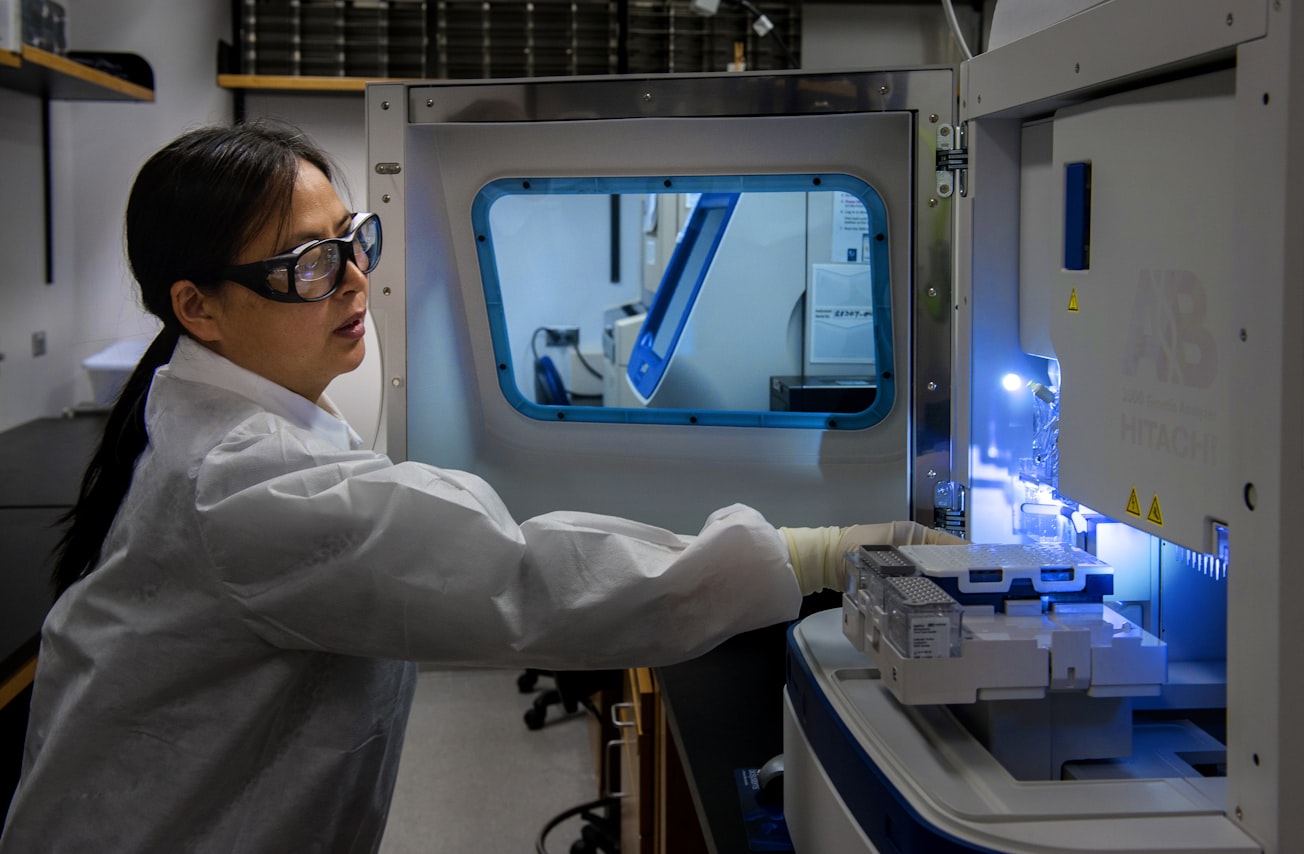What is it about?
The isolation of broadly neutralizing antibodies from HIV-1 patients has provided valuable insights on the design of HIV-1 vaccines. Among them, one group consisting of anti-carbohydrate antibodies target N-glycans that compose the glycan shield on the Envelope surface glycoprotein (Env) of HIV-1. Similar to HIV-1, human H3N2 influenza viruses are highly glycosylated due to the accumulation of N-glycosylation sites over the past 50 years of natural evolution. Here, we demonstrate that an anti-HIV-1 antibody, namely 2G12, can neutralize human H3N2 viruses from the past 35 years. Comprehensive analyses by mass spectrometry and negative-stain electron microscopy reveal that oligomannose on two N-glycosylation sites near the receptor binding site are the targets of 2G12. Of note, the distance and disposition between the two glycans are the same as the equivalent oligomannose cluster on HIV-1 Env. Furthermore, mutational study shows that these two N-glycosylation sites are both required for survival of the recent H3N2 strains. Our data suggest that 2G12 can broadly neutralize non-HIV-1 human viruses by targeting oligomannose sugars, if of sufficient density and disposition on the viral surface. Since many viral surface antigens are highly glycosylated, it is worth evaluating 2G12-like antibodies as potential general therapeutics for human viral pathogens.
Featured Image

Photo by CDC on Unsplash
Why is it important?
Antibodies capable of neutralising multiple different viruses could offer potential route to general therapies against viral pathogens.
Read the Original
This page is a summary of: A cross-neutralizing antibody between HIV-1 and influenza virus, PLoS Pathogens, March 2021, PLOS,
DOI: 10.1371/journal.ppat.1009407.
You can read the full text:
Contributors
The following have contributed to this page







